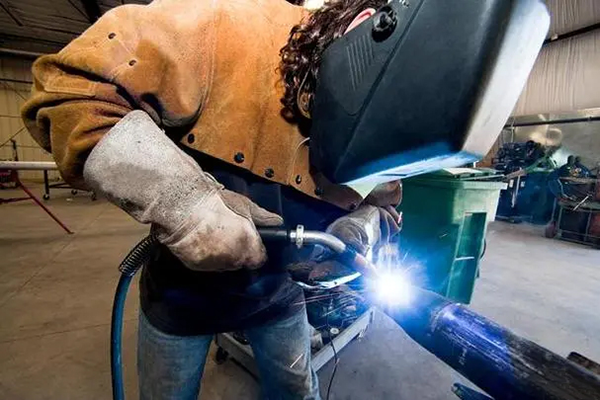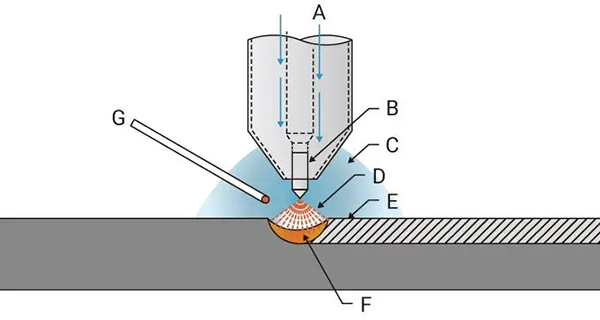As manufacturing technology continues to evolve, precision welding technology is playing an increasingly important role in many industries. Tungsten argon gas welding (TIG) has become the technology of choice for many high-end manufacturing applications due to its high precision and excellent weld quality. The purpose of this press release is to provide a detailed introduction to the basic principles, technical characteristics, wide range of applications and future prospects of TIG welding to a wide range of people inside and outside the industry.
Overview of TIG welding technology

TIG welding, or tungsten argon arc welding, is a welding method that utilizes a tungsten electrode to generate an electric arc to melt metal. Compared to other welding techniques, TIG welding offers unique advantages such as the elimination of filler material and a welding process that can be carried out without melting. This technique is particularly suitable for welding tasks requiring high precision and highly decorative properties.

Technical advantages
1. High welding quality: TIG welding provides very smooth and clean weld seams that are virtually free of impurities and spatter.
2. Adaptable: suitable for a wide range of metals and alloys, including stainless steel, aluminum, titanium, and more.
3. Precise control: Welders can precisely control welding heat and speed, which is especially important for thin materials or delicate structures.
4. Environmentally friendly: The TIG welding process produces less fumes and harmful gases, making it more environmentally friendly.
Application Areas
TIG welding technology is widely used in many high-tech industries, such as aerospace, automotive manufacturing, biomedical equipment and artwork repair. In these industries, the quality and appearance of the weld is of the utmost importance.
Future Trends
- Automation and Robotics: With the development of automation and robotics, the application of TIG welding will become more extensive and efficient.
- Digitalized control system: welding precision and repeatability will be further improved through the introduction of more advanced numerical control systems.
- Energy saving and environmental protection: Developing more environmentally friendly and energy efficient welding technologies to reduce energy consumption and emissions in industrial production.
Conclusion
TIG welding, as a high-precision, high-quality welding technology, its position in modern industrial production is increasingly important. As technology continues to advance and innovate, TIG welding will play an even more critical role in the manufacturing industry in the future. We look forward to working with our global partners to explore and promote the development of this technology and create a better future together.
For more information or technical support, please contact our customer service department.
Company Contact Information
[Company Website]
Post time: Jun-06-2024